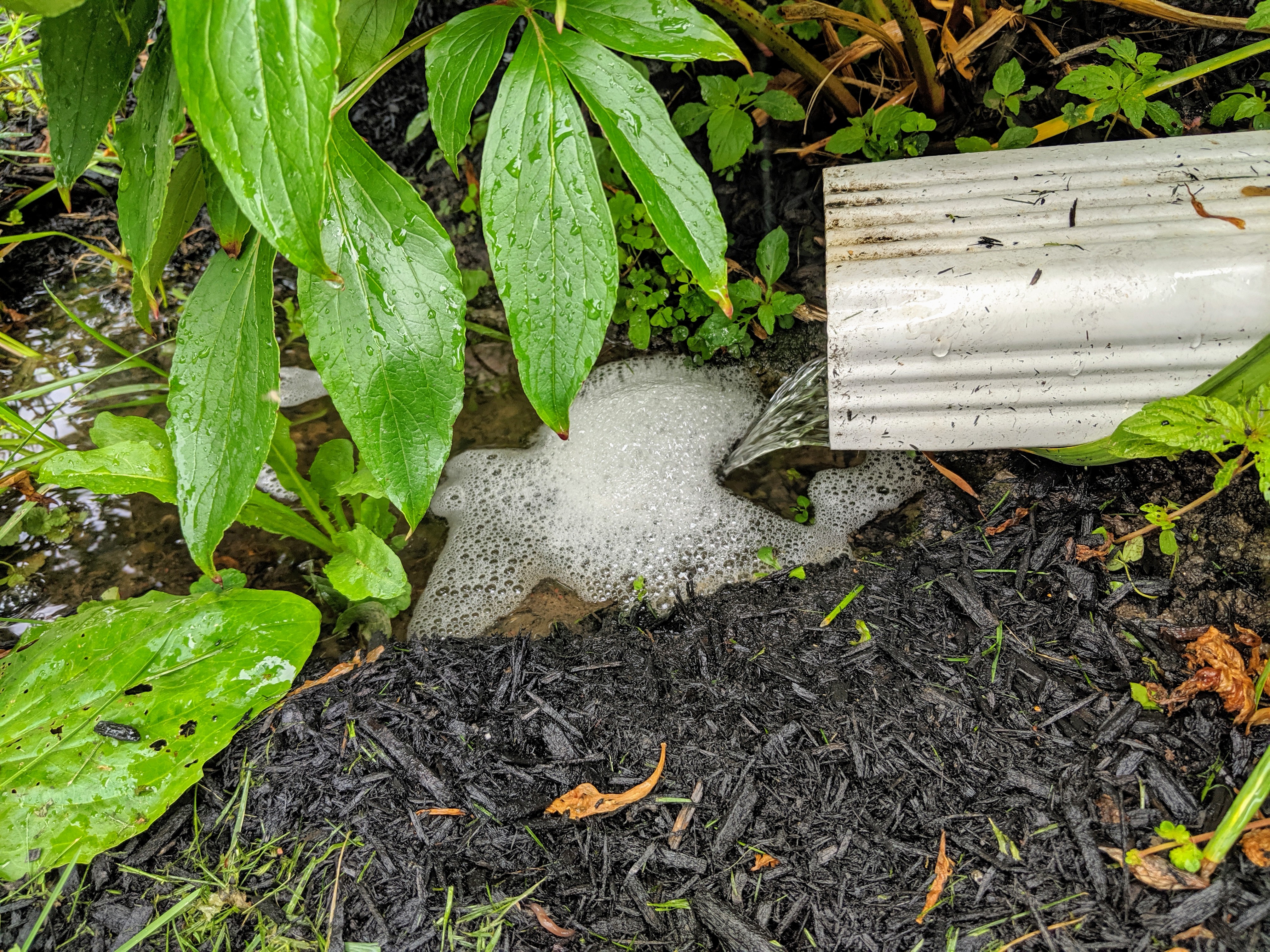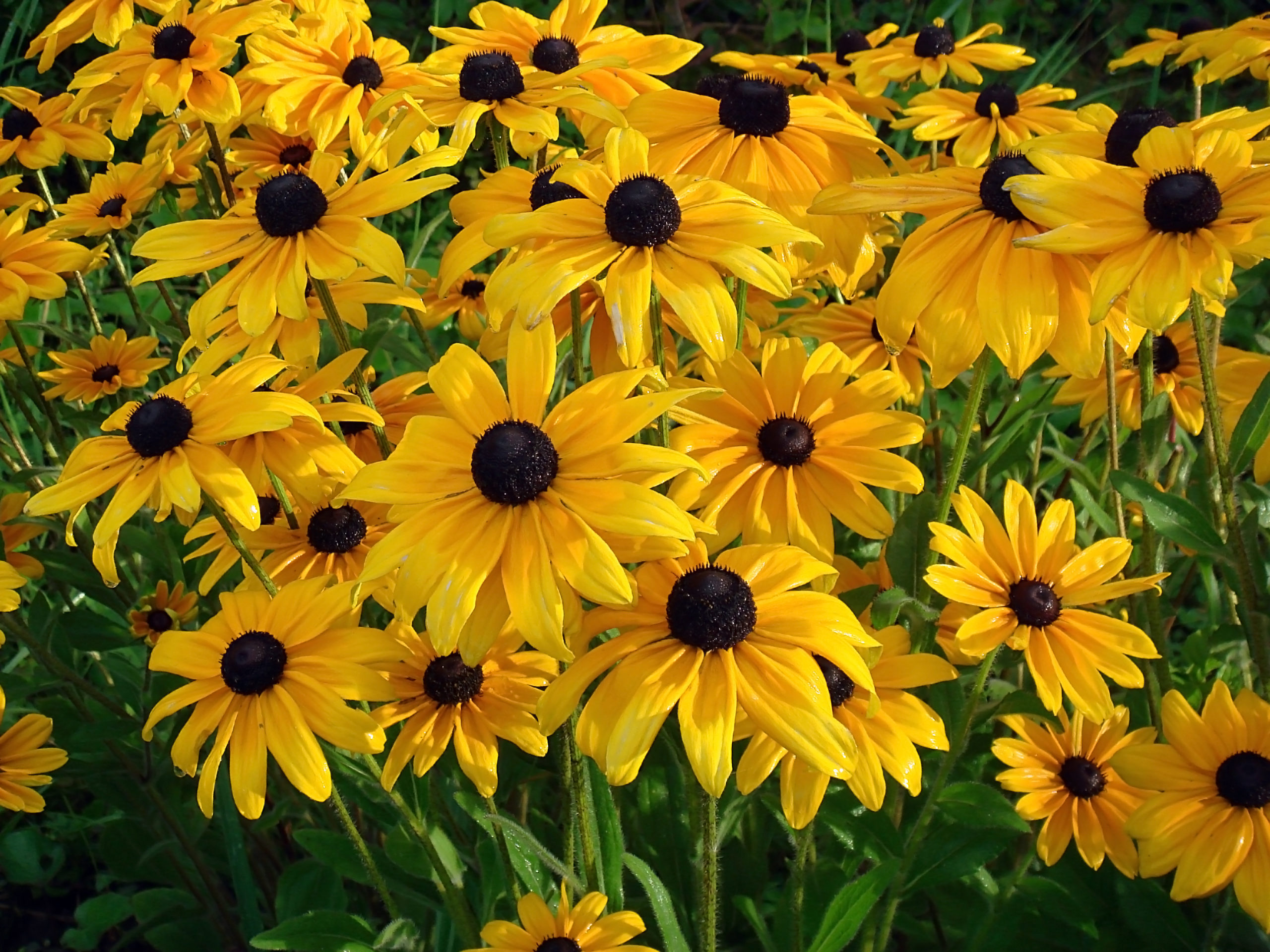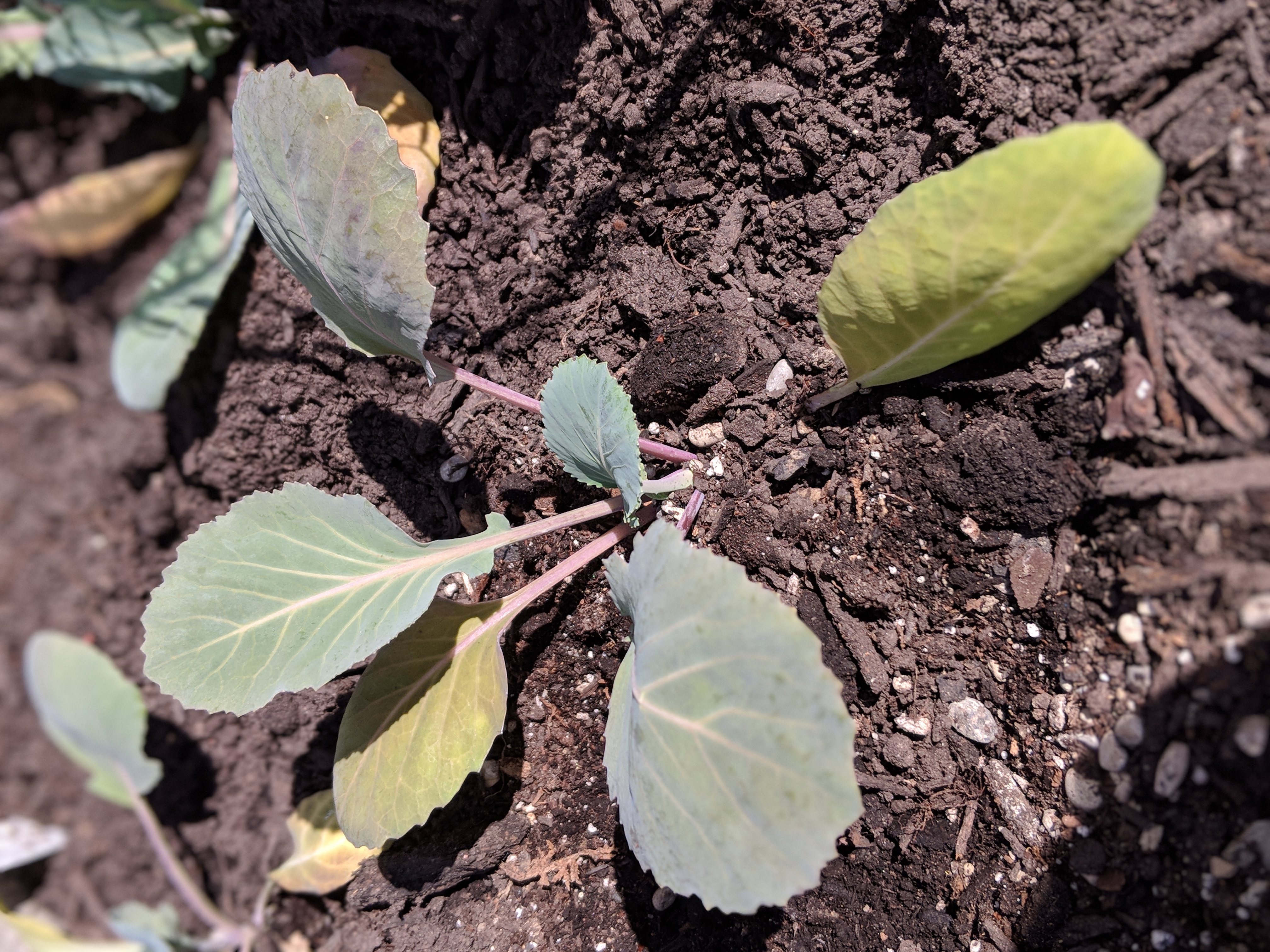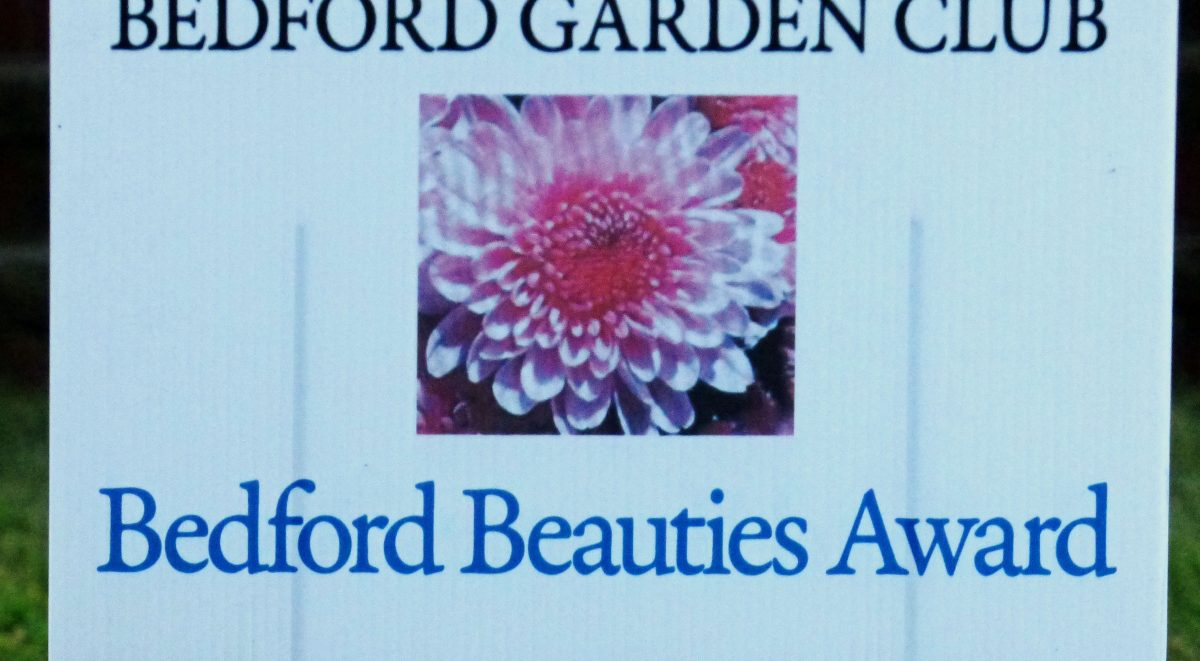After a long winter, most gardeners can’t wait to rush out to the garden on the first nice day of spring. But for many of us here in Bedford, this could mean rushing out to a mucky, muddy mess left by melting ice and snow or heavy spring rains. Generally though, we expect spring to be a damp season and even find April rain to be endearing for the beautiful spring flowers it can produce. However, sometimes spring rain can produce a host of problems in the home and garden, if your landscape has drainage issues.
How Do I Know If I Have A Drainage Problem?
Some telltale signs of landscape drainage problems are flooded basements, water lines on a home or structure, areas of the landscape where water or ice always accumulate, bare, exposed tree and shrub roots, areas where the soil always feels spongy when walked upon, and obvious eroded areas which may look like natural streams or path. Some of these issues may be more serious than others, but all are good indicators that your home’s landscaping is not working with the natural landscape.
What Can I Do If I Have A Drainage Problem?
When water accumulates in a basement or lower region of a structure, it can be the result of bad elevation or a sewer line issue. First, call the Bedford Service Department at (440) 735-6583 and have them come and take a look for free. They may be able to snake sewer lines connected to your home and help prevent water building up in your home.
If that does not work, take a look around your property. In many older homes like we have here in Bedford, a flooded basement may merely indicate years of erosion, overgrown landscapes or gutters and downspouts. While in some cases the solutions may involve hauling in more soil to regrade and a total over haul of the landscape, other solutions may be much simpler and less expensive.
With older homes and landscapes, again landscape beds or retaining walls around the home can impede the proper drainage of run off. Most professionally installed retaining walls will be designed with drainage in mind. It’s important to do your homework on drainage before taking on any major DIY edging or retaining wall projects. Before building up new berms for ornamentals, be sure to consider whether their placement will help your landscape’s natural water flow or interrupt it and if you are just shoving your drainage problem off on a neighbor.
Should I Add More Soil To My Yard To Correct A Drainage Issue?
In many cases, building up is not always the best solution for water problems. Instead, many water issues in the landscape can be resolved by removing soil. Areas where water tends to pool or rush can be dug out to create rain gardens, bioswales or dry creek beds which collect or divert water naturally. These landscape features are usually planted with hardy, tough native plants, which can tolerate times of wet feet, but also hot dry periods. Many native plants also have strong, deep roots that can penetrate tough soils, opening them up to the proper exchange of water and oxygen, and also pulling up deep nutrients. As these native plant tissues dieback and decay each year, they condition and restructure the soil. New gutter downspouts and sub-surface drains can be added to the landscape to run water away from the home and into one of these natural water features.
Replacing traditional gutters and downspouts with new efficient gutters and sunken downspouts and drains can not only eliminate water problems in the home but can also save you money on water and irrigation systems. Rain run off can be directed to rush down the roof, through the drains and run into specific garden beds, such as your vegetable garden.
This spring, as you rush out into the mud to take advantage of the nice weather, examine your yards landscape for potential water problems. Take note of areas where water pools, puddles or rushes. Consider what solution would work best with the natural landscape around your home.






